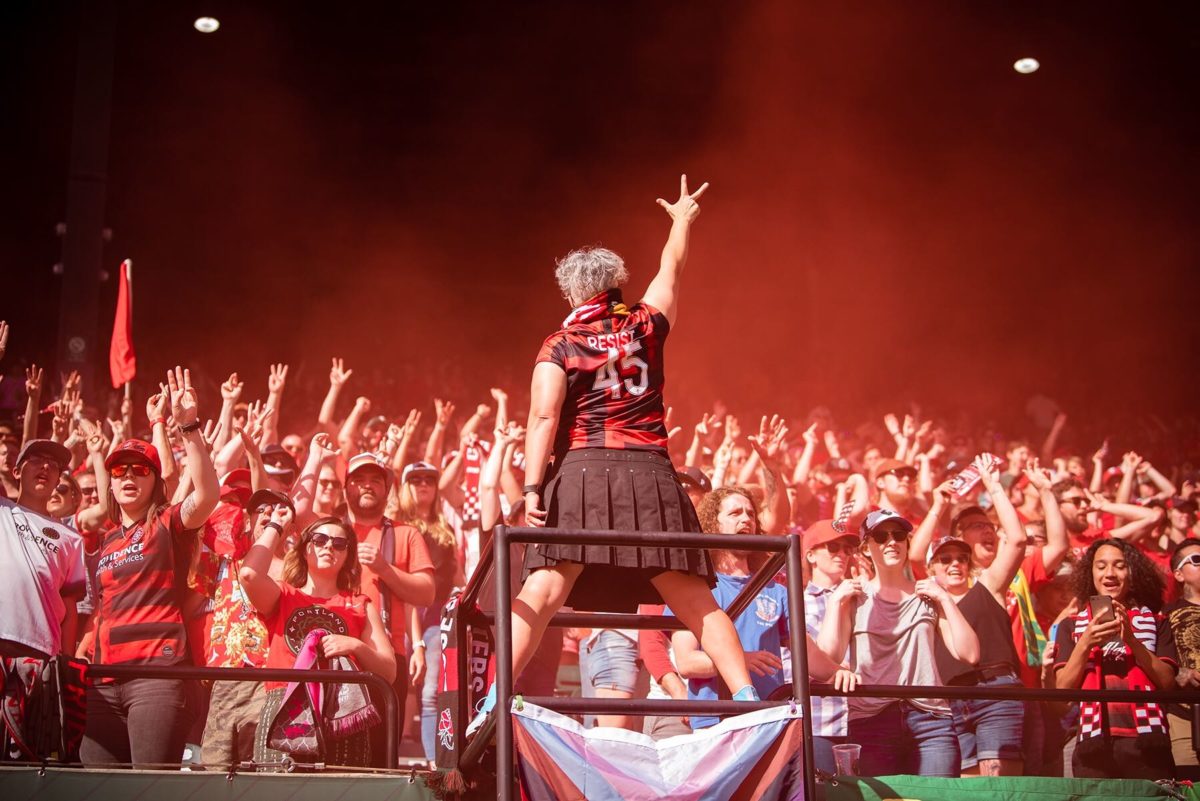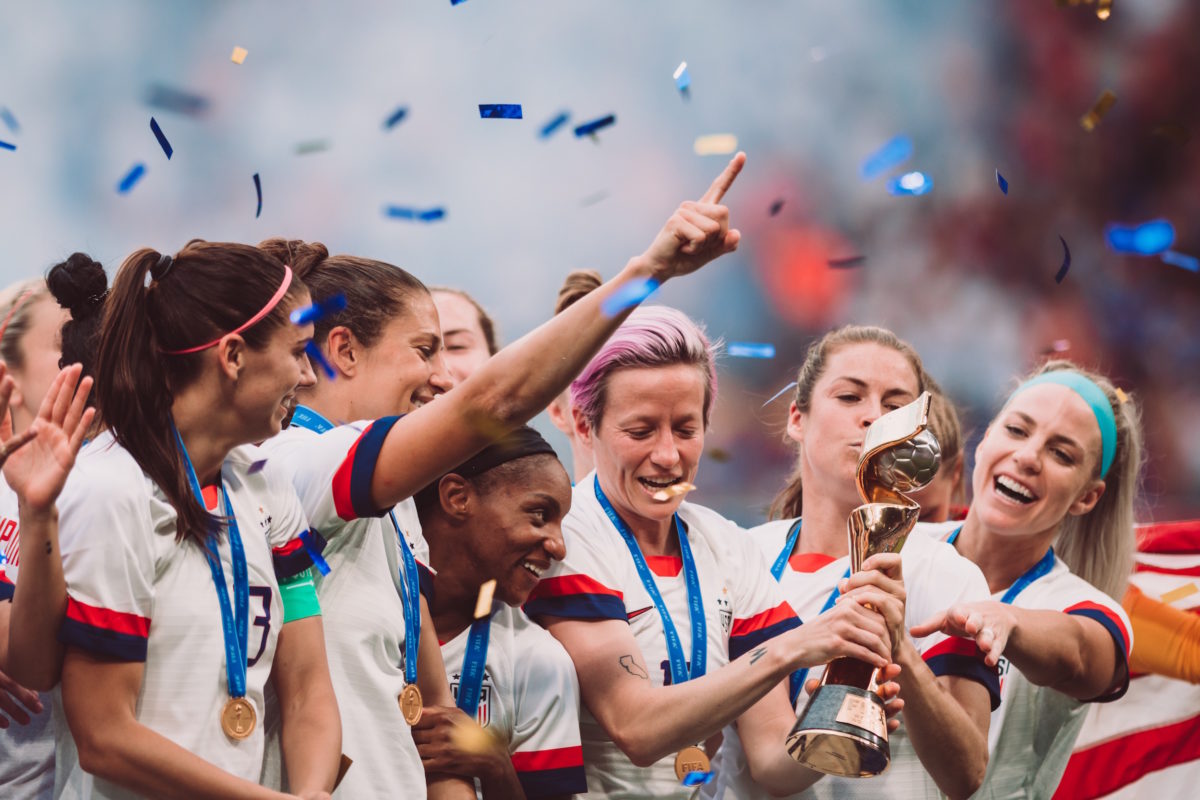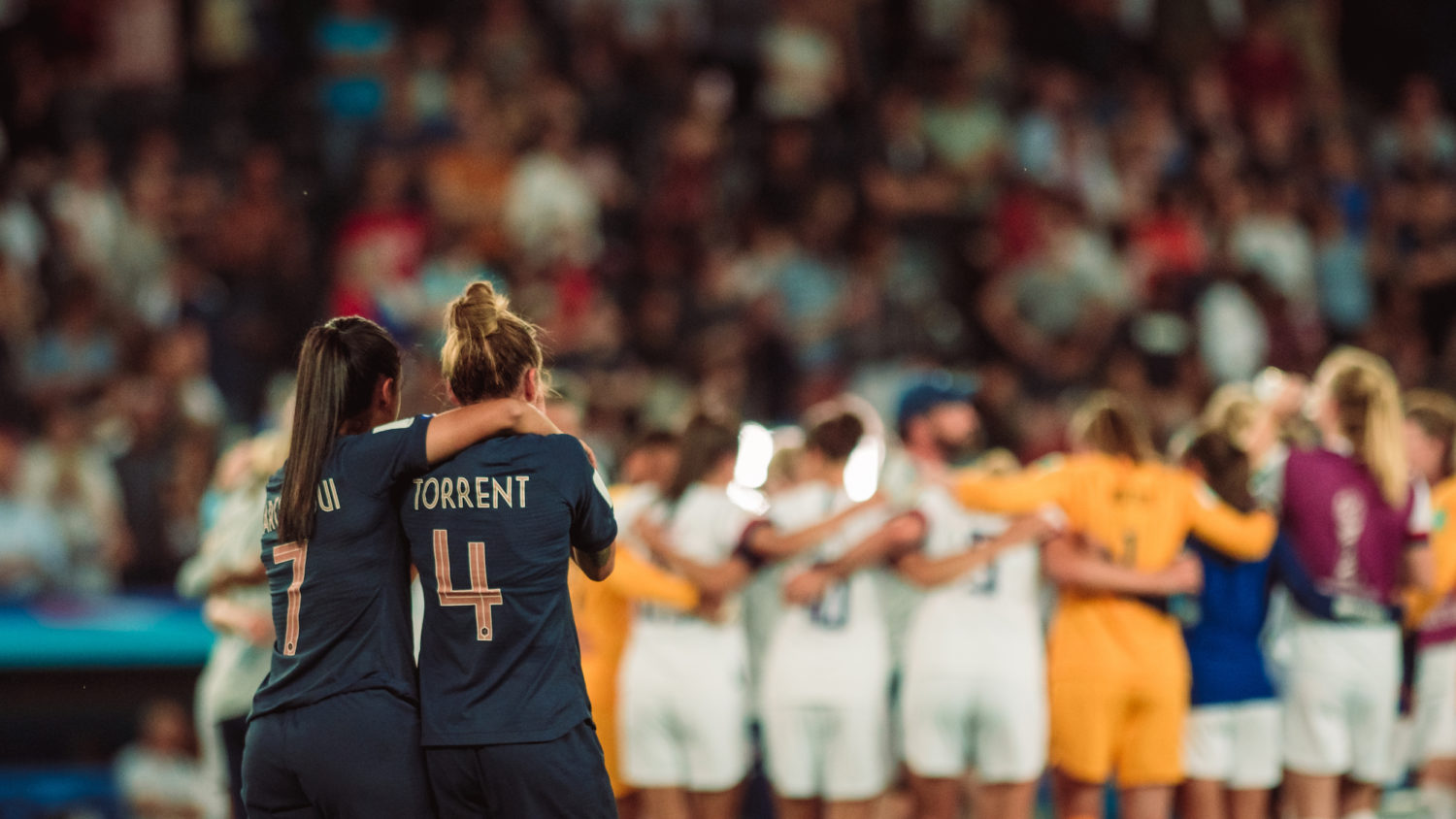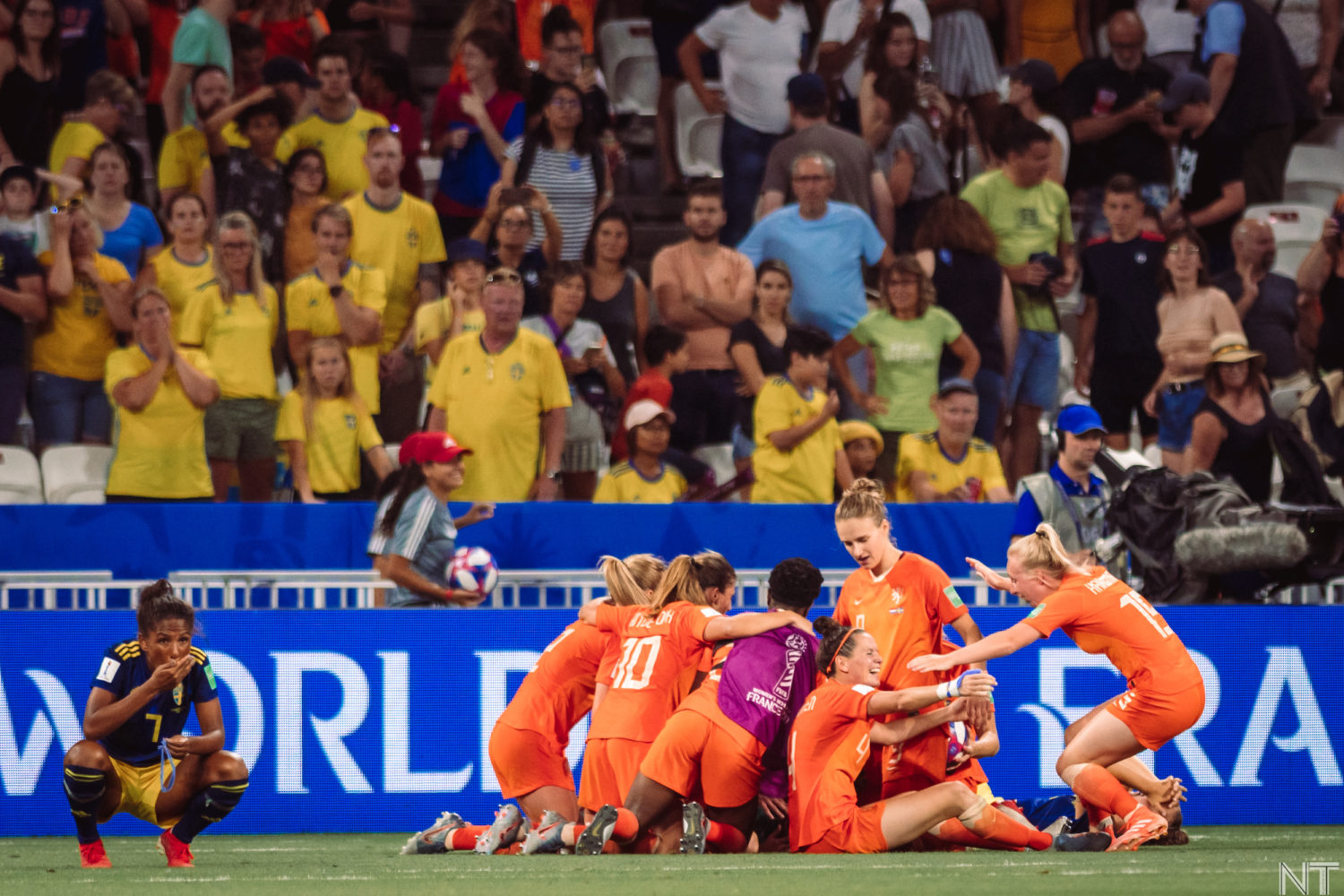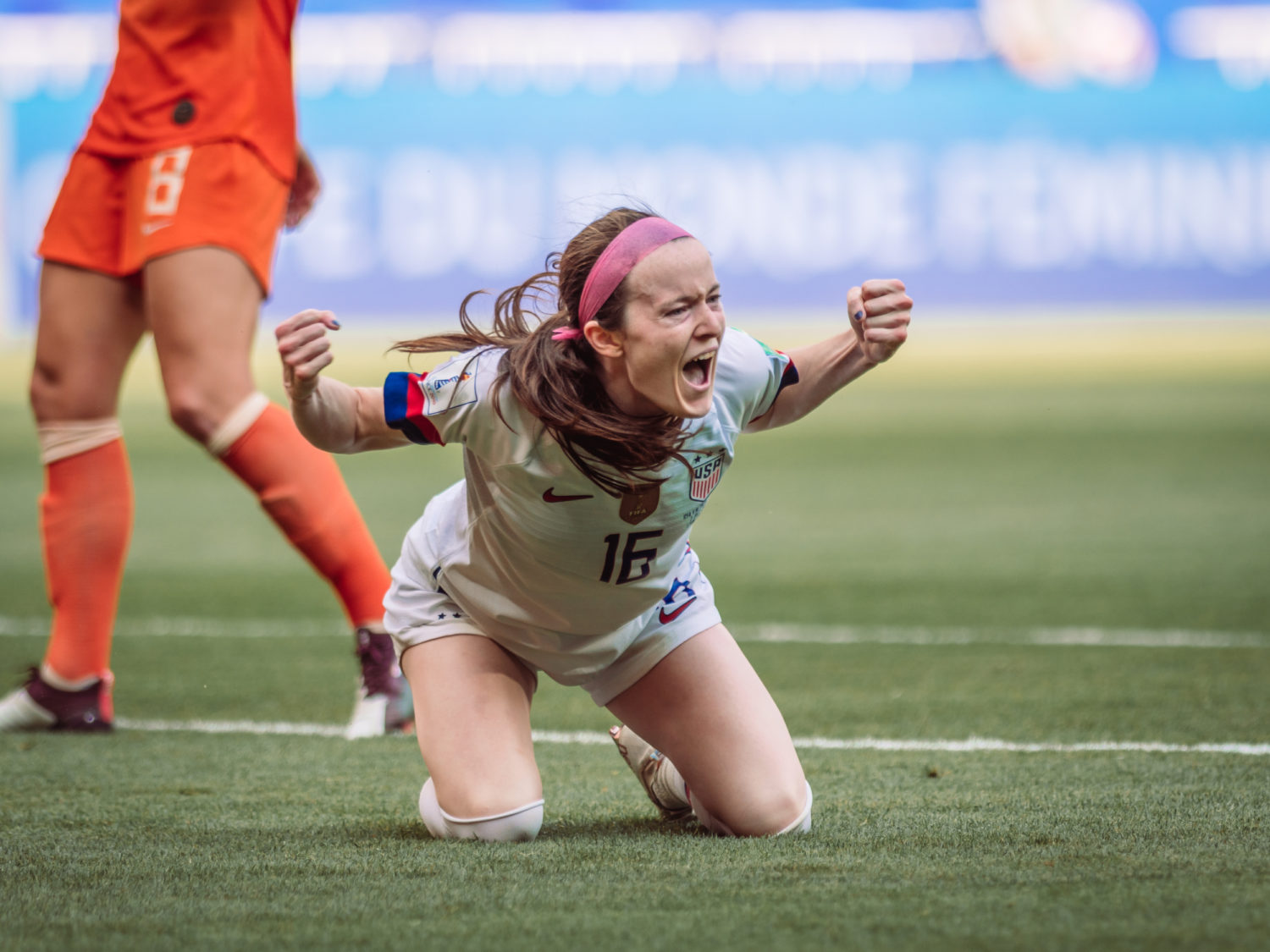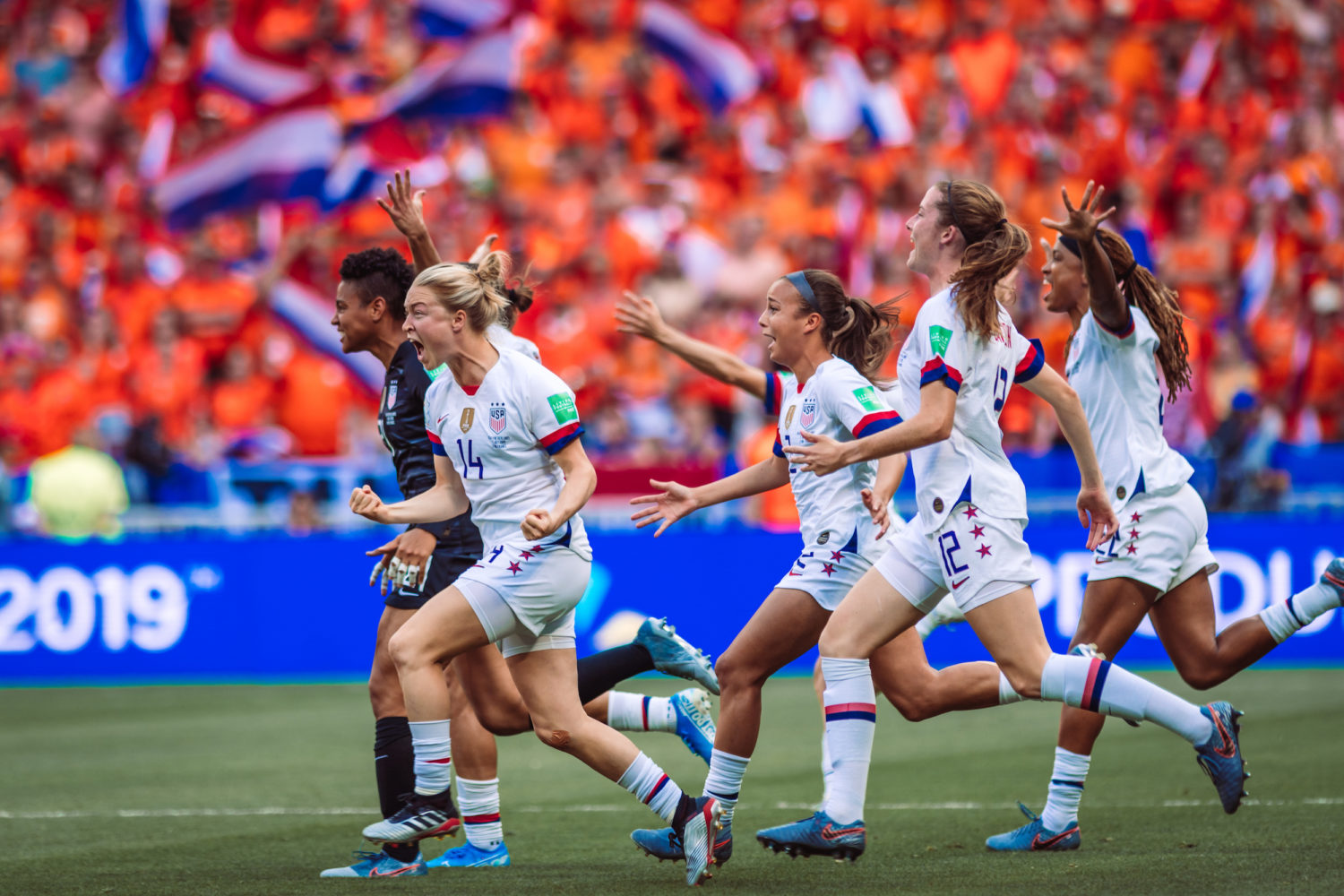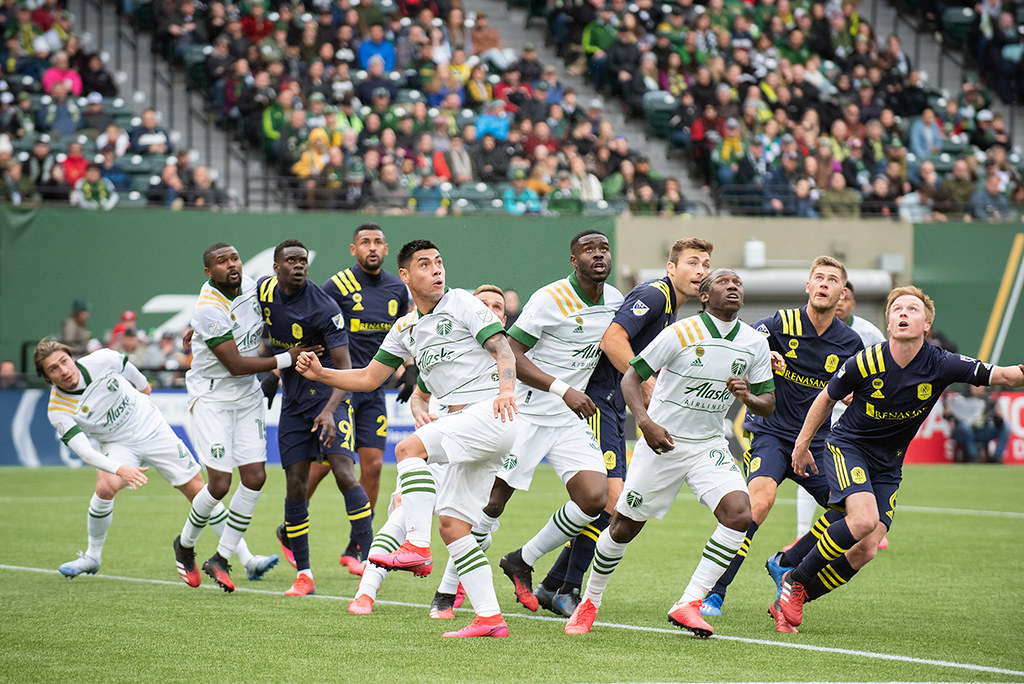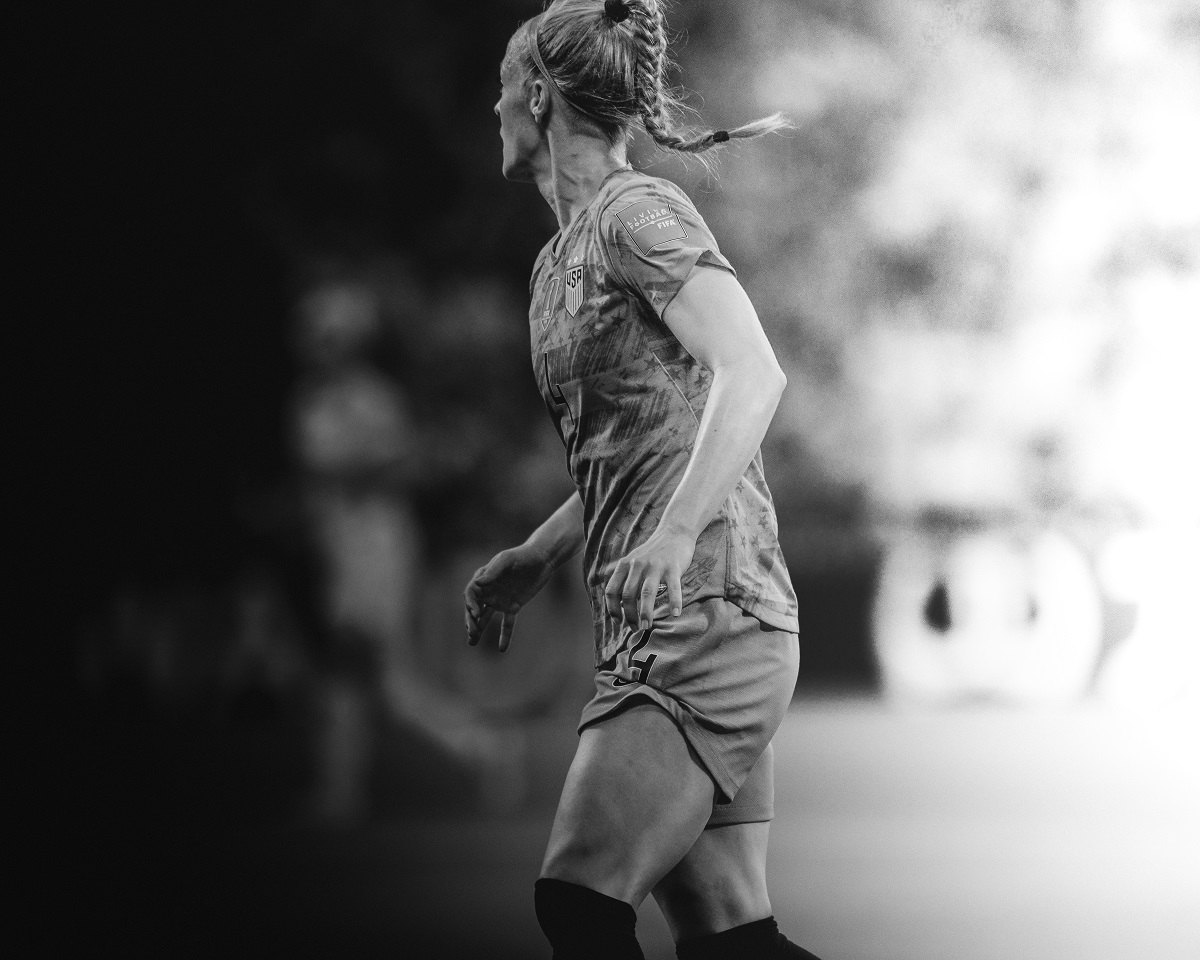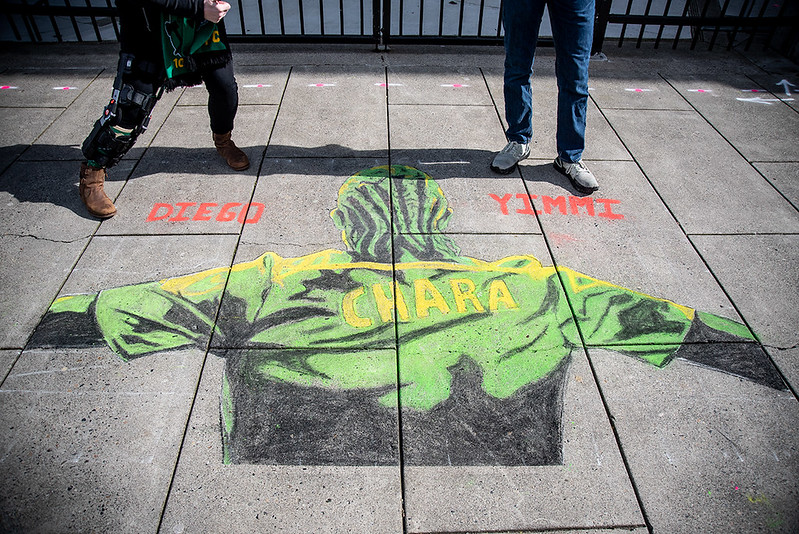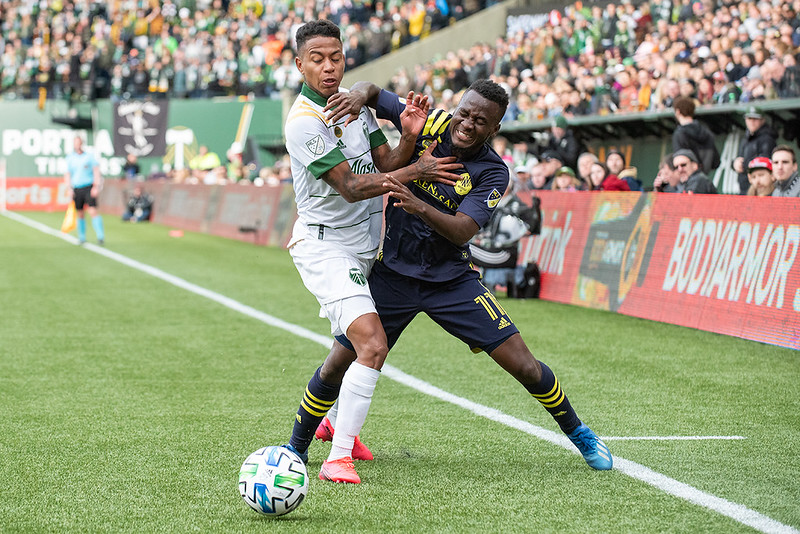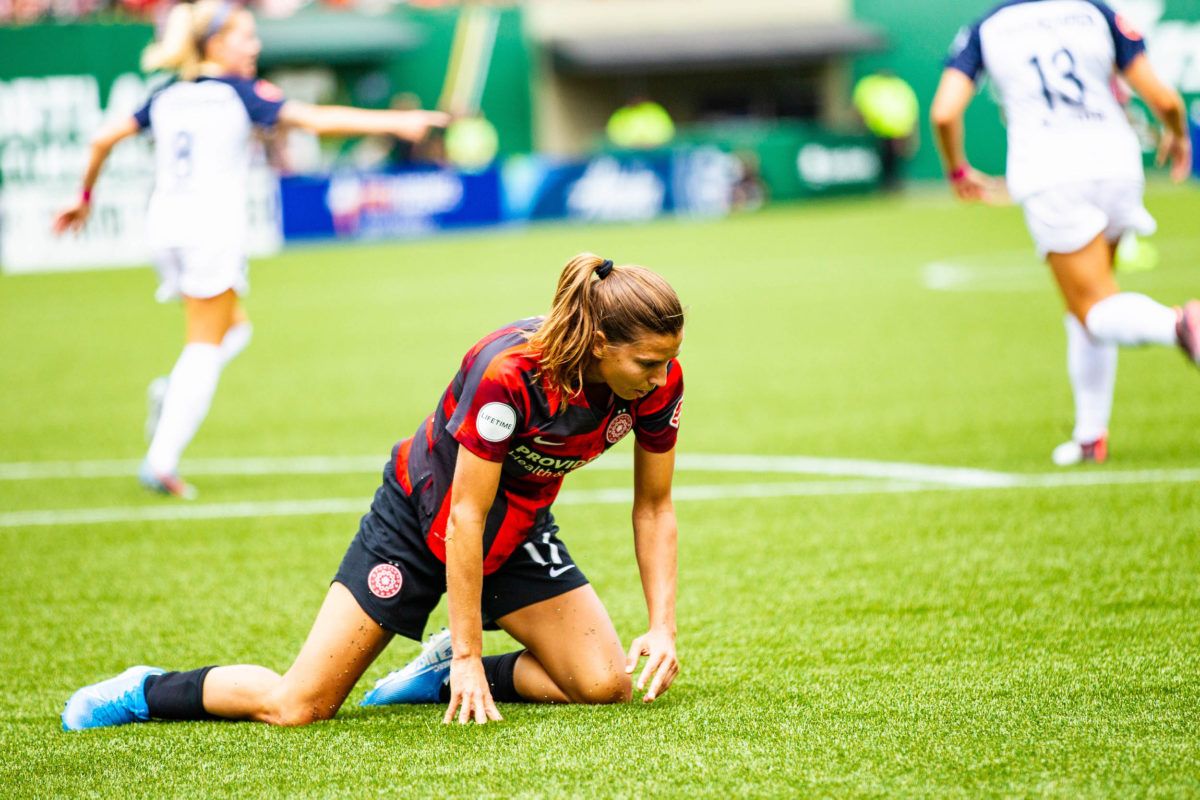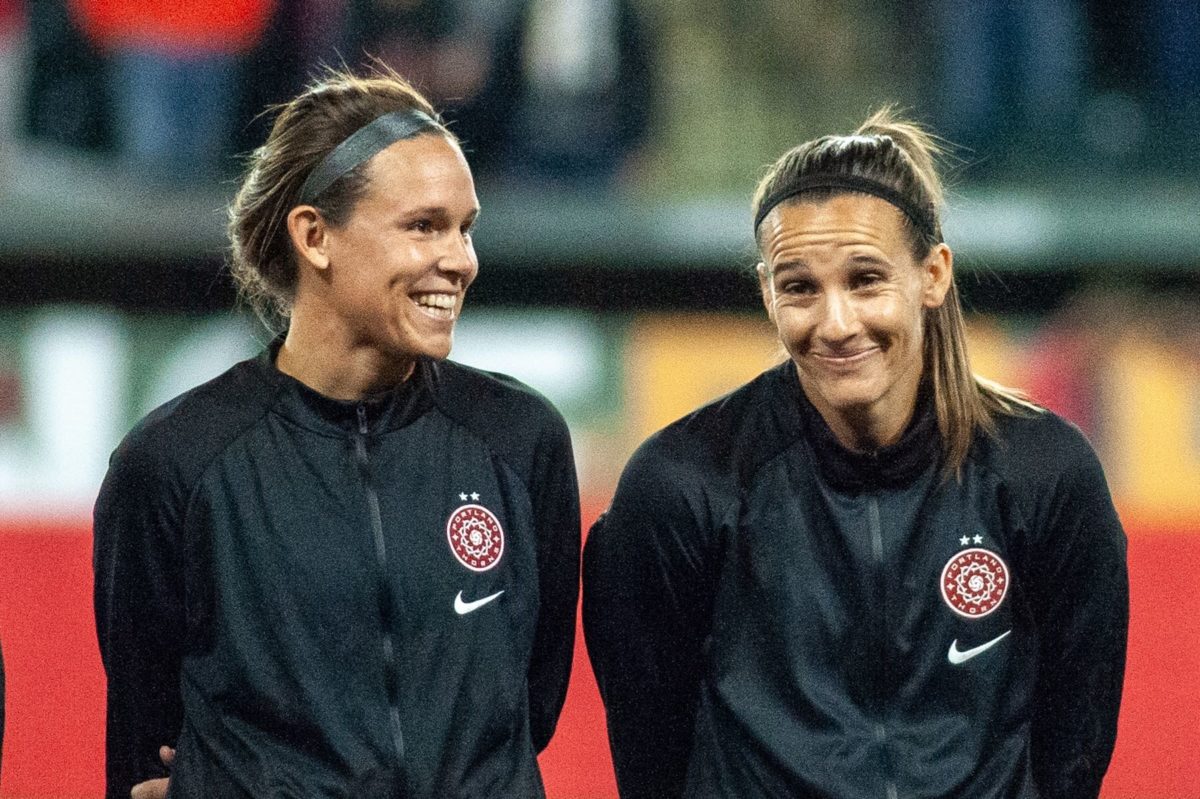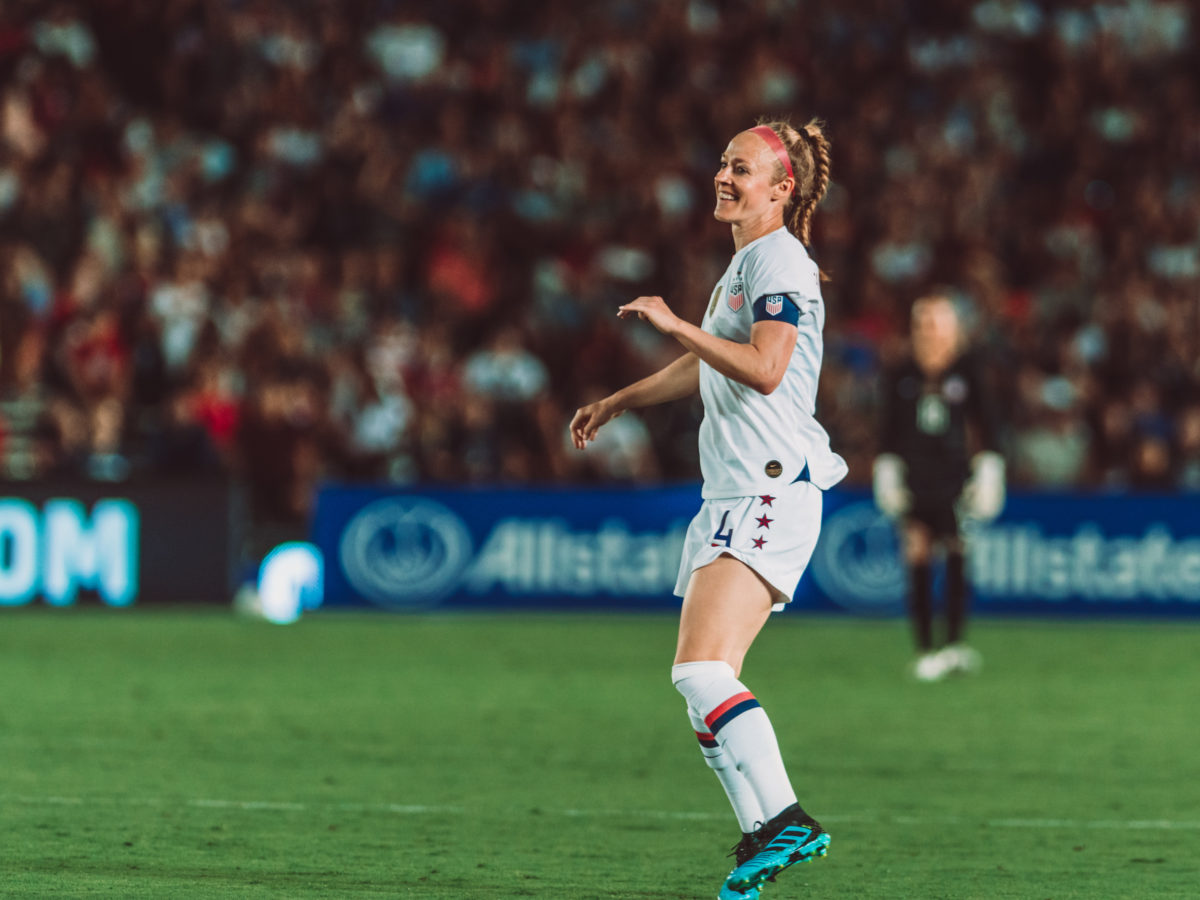Something I keep thinking about is how with the world on hold, the sport of soccer finds itself in a limbo state where the real thing has ceased to exist, but there is still a vast archive of past games, existing as a discrete, bounded entity with a series of fixed outcomes. PTFC plans to air some of those past games to fill the time while we all huddle in our houses and wait for things to get better.
The nature of sports—what differentiates them from all other forms of entertainment—is that the result isn’t predetermined. Despite our society’s current fixation on avoiding spoilers in everything we consume, there’s no other medium, if you want to call sports a medium, whose entertainment value depends so heavily on finding out an ending. Arguably, that’s the entire point. Thus, the act of watching soccer has undergone a complete ontological reversal, losing its essential sport-ness. No one has any idea when it might un-reverse.
There’s another medium, Vine, that has existed in this state for some time. Short-form video lives on, but actual vines, scripture-like, are a closed and unchangeable body of work. What’s more, since the platform itself—the “place” they once lived—is dead, their existence is mediated through human memory. What was originally a social and exploratory medium, a place we went to have new things thrust in front of our eyes, is now an archive that can only be navigated if we already know what we’re looking for.
This was never how we were meant to consume Vine, but this state gets at something essential about the form. All vines focus on a single idea, a single joke or visual gag. The best ones can be evoked with a single utterance: “look at all those chickens!” or “back at it again at Krispy Kreme.”
All the countless vines that didn’t gain a foothold in our collective memory? Presumably they exist somewhere as data, but they may as well be gone. There is a vast number of vine compilations on YouTube, and according to the naming conventions of the genre, vines that exist in this purgatory are termed “rare.” I find this a delightful turn of phrase, the way it implies that vines exist in a countable form like Pokémon cards or copies of a printed book.
Similarly, soccer games—not all of them, but the vast majority of all the games that have ever been played—are quickly forgotten, except, maybe, for two or three key moments. We mark the goals down, string together a highlight reel, and move on. There’s no way to search, say, for the time Kelley O’Hara cussed out Hayley Raso, or the time Tobin Heath got a cramp and begged a player on the other team to help her stretch her hamstring. Did those things even happen?
What’s even blurrier is what anything that happens in a soccer game means. We all remember that McCall Zerboni once stepped on Shea Groom as she lay prone on the ground in Providence Park. But why? Does that make her a bad person? What does the step, and our reaction to the step, say about us, or about the people closer to Zerboni?
In this specific sense, both Vine and soccer—especially women’s soccer, with its patchy history, its long stretches of slapdash recordkeeping—are, paradoxically, oral traditions. The data usually exists somewhere, but when a certain critical mass of data piles up, it ceases to perform its intended function of cataloguing events for later reference. The only way to find these things is to ask everyone you know and hope someone remembers.
This can be incredibly frustrating—if you’ve ever written about soccer, you know that a good chunk of the process is often combing through old game footage, looking for one specific moment you remember seeing—but I also find it rather charming. The sport of soccer is, to begin with, a factual event that happens, but in almost equal measure, it’s a thing constituted by our collective memory. Just as you can only play soccer with other people, you can only watch it, in any meaningful sense, with other people.
There’s a play called Mr. Burns, a Post-Electric Play, that I was a little bit obsessed with for a while after I saw it, I think sometime in 2014. It takes place after the end of the known world, but it focuses on something apocalypse fiction usually ignores in favor of scenes of survival and aestheticized brutality, which is the question of how people would entertain themselves in that new reality.
It’s staged in three acts, the first two depicting the same band of survivors. We see them settle around a campfire and retell an episode of The Simpsons (“Cape Feare,” if you care) to pass the time. By the second act, several years later, they’ve become a traveling band of players who make their living staging the show. Over the years, the episode’s dialogue has mutated a little bit; it’s become clear which jokes were good enough to stick in people’s heads. The third act fast-forwards us a few generations into the future, where, after a decades-long game of telephone, America’s favorite yellow family have become the central figures in a quasi-religious musical production evoking Ancient Greek theater.
Once, all entertainment—reality itself, even—functioned this way. Things simply had to be remembered, or they were lost. But even things that were remembered never got remembered perfectly.
Homeric poets, like keepers of oral literary traditions around the world, didn’t memorize and recite epics verbatim—there was no “verbatim” to speak of, just a series of tellings and retellings. Things were half memorized and half improvised; no two poets would sing a given story the same way, and no individual poet would sing exactly the same thing every time. A more skillful poet would add more detail, use more evocative language. They also adjusted to what they thought their audience on any particular day would like (that’s why the Iliad is so packed with the names of characters who only appear long enough to get stabbed in a heroic way—once upon a time, each of those was a shoutout to some rich guy’s legendary eight-times-great-grandfather).
Maybe soccer isn’t quite as different from other forms of entertainment as we think. First and foremost, it’s about an outcome, suspense followed by revelation. That’s why we keep watching, week after week. But that’s not why we love it, I don’t think; we love it because it’s also about creating a collective myth, something that speaks to how we imagine ourselves and to how we imagine other people. In choosing what to remember, we are telling a story about who we are.

